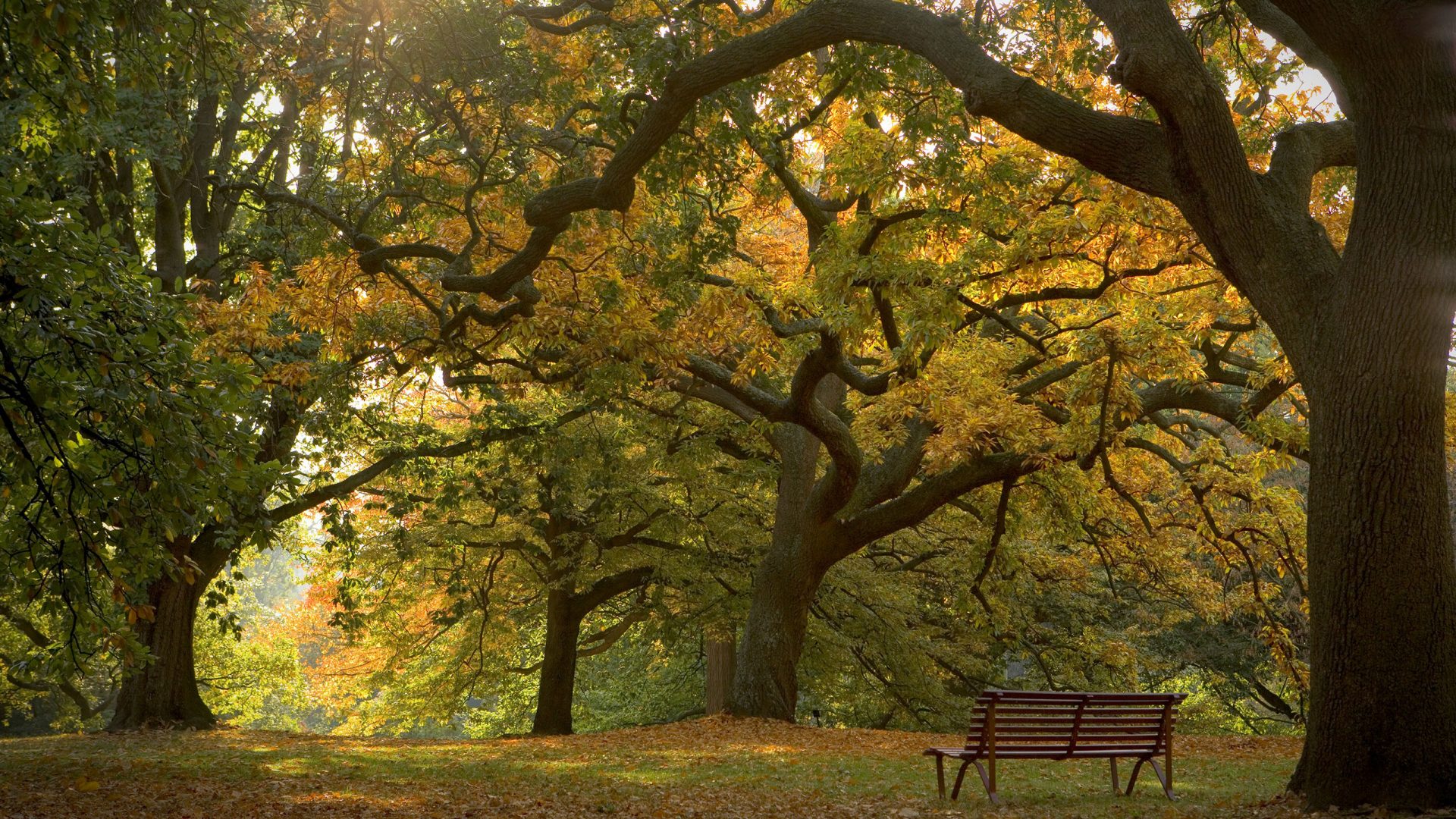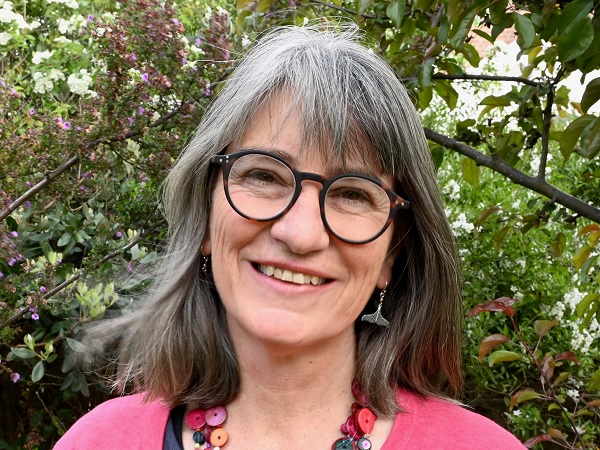Interview Recording
Interview Transcript
Catherine Shields interviewed on 12 September 2022 by Jean Elder
Synopsis
Catherine Shields is one of Tasmania’s most popular landscape designers, whose creative work ranges from ever changing styles in contemporary outdoor garden spaces to working with owners of heritage properties facing the challenges of a changing climate. Her inspiration comes from nature and her designs seek to convey meaning and connection to the land while being aesthetically pleasing, functional and sustainable.
Growing up in northern England in the 1960s, Catherine’s interest in gardening emerged during her time at university when she had her first garden. Following the completion of a Physics degree at Manchester University in 1985 she worked for the British Trust for Conservation Volunteers. During this time, a short weekend course ‘Designing a Wildlife Garden’ was the inspiration to change career direction and pursue a Master’s Degree in Landscape Design, graduating in 1991. These two differing degrees in science and the arts were to provide Catherine with a unique basis into the essentials of landscape design.
Seeking travel opportunities, she embarked on an odyssey working professionally in Hong Kong and several Australian states (including Tasmania) between 1993-1997. However, the opportunity to work for renowned British designer Sarah Eberle at Hillier Landscapes in Devon saw Catherine return to her home country in 1997.
But it was the appeal of the Tasmanian natural environment, a source of deep inspiration to Catherine, that drew her back to Hobart in 2000 and for almost a decade Catherine worked with [stonemason] Alistair Houston creating gardens for a diverse range of clients. Tasmania has continued to provide the mixed challenges of responding to very different soil types and plants and a limited choice of building materials.
During her early career in Tasmania clients wanted English style cottage gardens, then moving with the trends to the New Perennial style and in recent years returning to native plantings. Notable projects include Christine Milne’s Hobart garden and the opportunity to recreate the artist John Glover’s former home garden at Patterdale at Evandale, described in detail in Australian Garden History vol 34, no 1 July 2022.
In this interview Catherine presents a considered and thoughtful viewpoint, exploring the changing perceptions of what a garden is and what a garden means. It is, as she says, “a pretty good romp around a few subjects” – and so much more.


